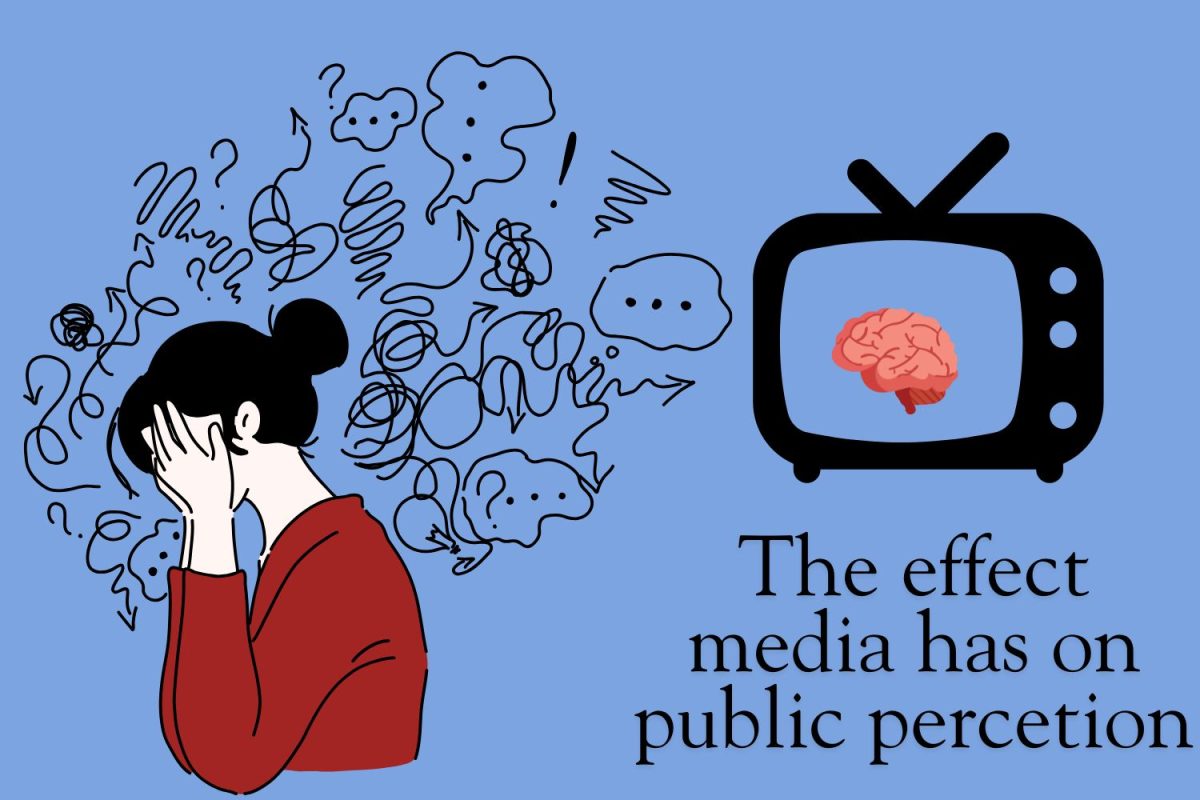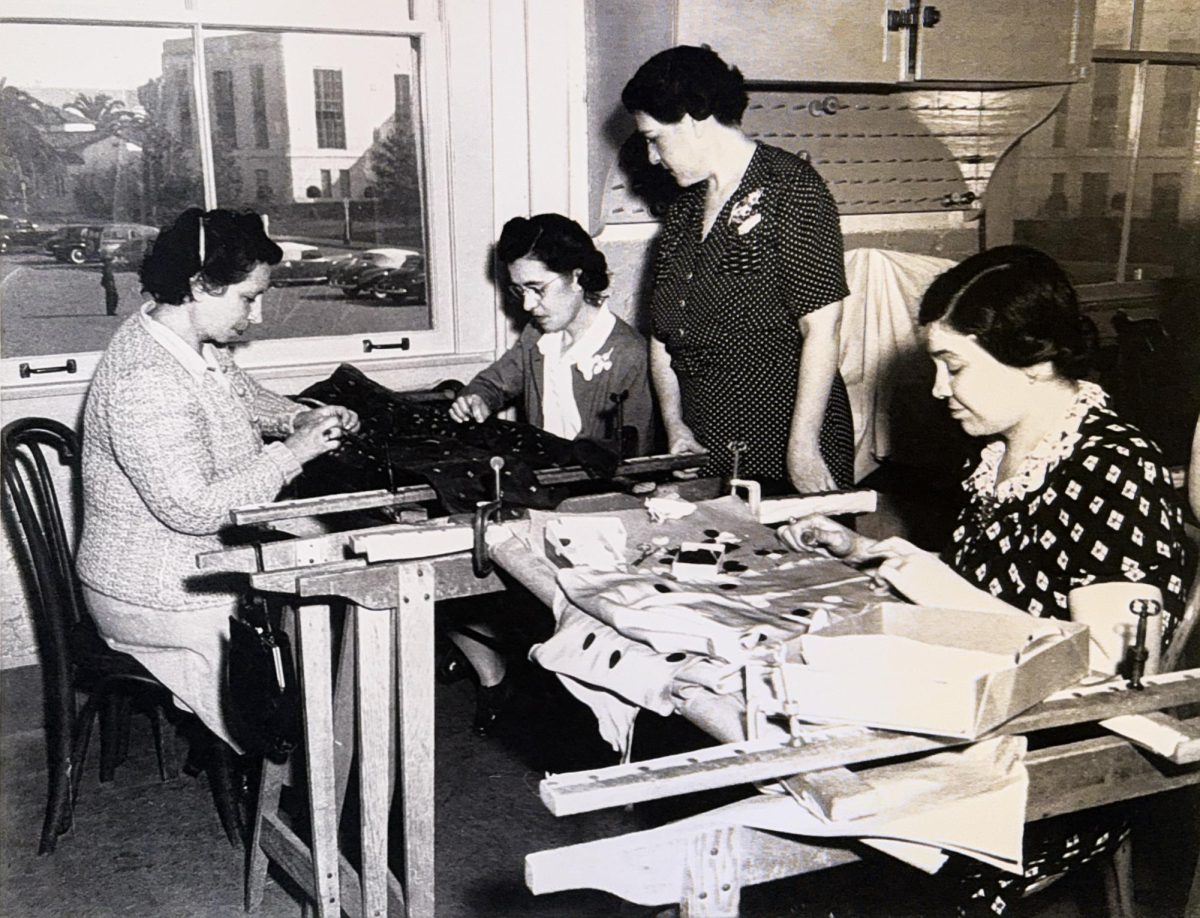Our electoral system is flawed. People sometimes think that they have no choice – that they have to vote for the “lesser of two evils” or the more “electable” candidate. Notably, the mayoral race this year came down to Cathy Murillo and Frank Hotchkiss, even though Hotchkiss was a Republican in a majority Democrat town. The fact that three democrats choose to run for mayor should not mean that we have to risk having a Republican mayor as a result. Democracy should be able to encourage a plurality of choices without having some votes ending up sacrificed or wasted.
What needs to be seriously considered is a new electoral system for the mayor’s seat. I argue that nothing would be as effective or beneficial as ranked choice voting.
How does ranked voting work? Well first, voters rank the candidates in order of preference. If no candidate wins more than fifty percent of the vote, then the candidate with the least votes gets eliminated. The people who ranked this candidate first have their vote assigned to their second choice. This continues until someone has more than fifty percent, preserving the democratic principle of majority and not minority rule.
The first and biggest advantage is that voters get more choices and don’t have to be afraid of throwing away votes. The fear of a Republican getting elected as the mayor would no longer exist. Hotchkiss, under this system, would have a very small chance of winning since he would be the fourth or fifth choice of most liberals. The number of Democrats running would no longer matter, since liberals would not have to choose one but could rank them in order of preference.
A second benefit is that there would be less negative campaigning and more positive campaigning. Ranked voting requires winning candidates to build a broad base of support, meaning that candidates perform better when they focus on creating a positive image of themselves rather than creating a negative image of other candidates. Candidates are incentivized to seek second and third ranks amongst voters outside of their immediate demographic who do not rank them first. This means reaching out to the supporters of opponents and trying to include them into their campaign.
And, empirics suggest that ranked choice voting is both effective and practical. Research suggests that voters understand ranked voting better than other alternative forms of elections and that this system also leads to increased diversity and representation of racial minorities and women while also increasing voter turnout. Voters in bay area cities like San Francisco and Oakland with ranked voting notice less negativity in campaigns and have higher satisfaction rates than voters from cities without ranked choice voting.
The final takeaway – Santa Barbara should follow in the steps of other cities across the United States and adopt ranked choice voting as the system for electing a mayor. This coupled with the recently adopted district elections for council seats will bring us closer to an ideal representative and fair democracy.










